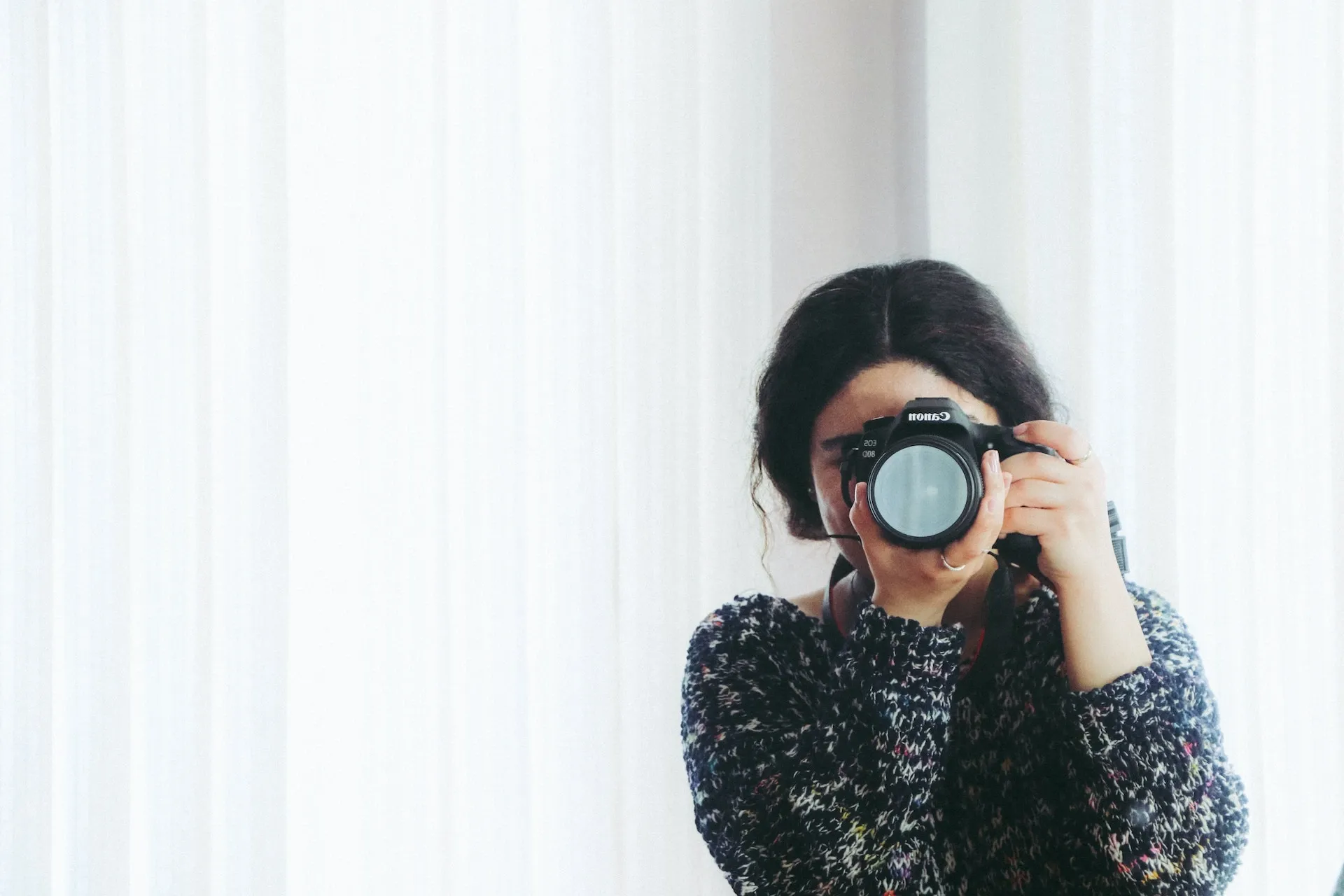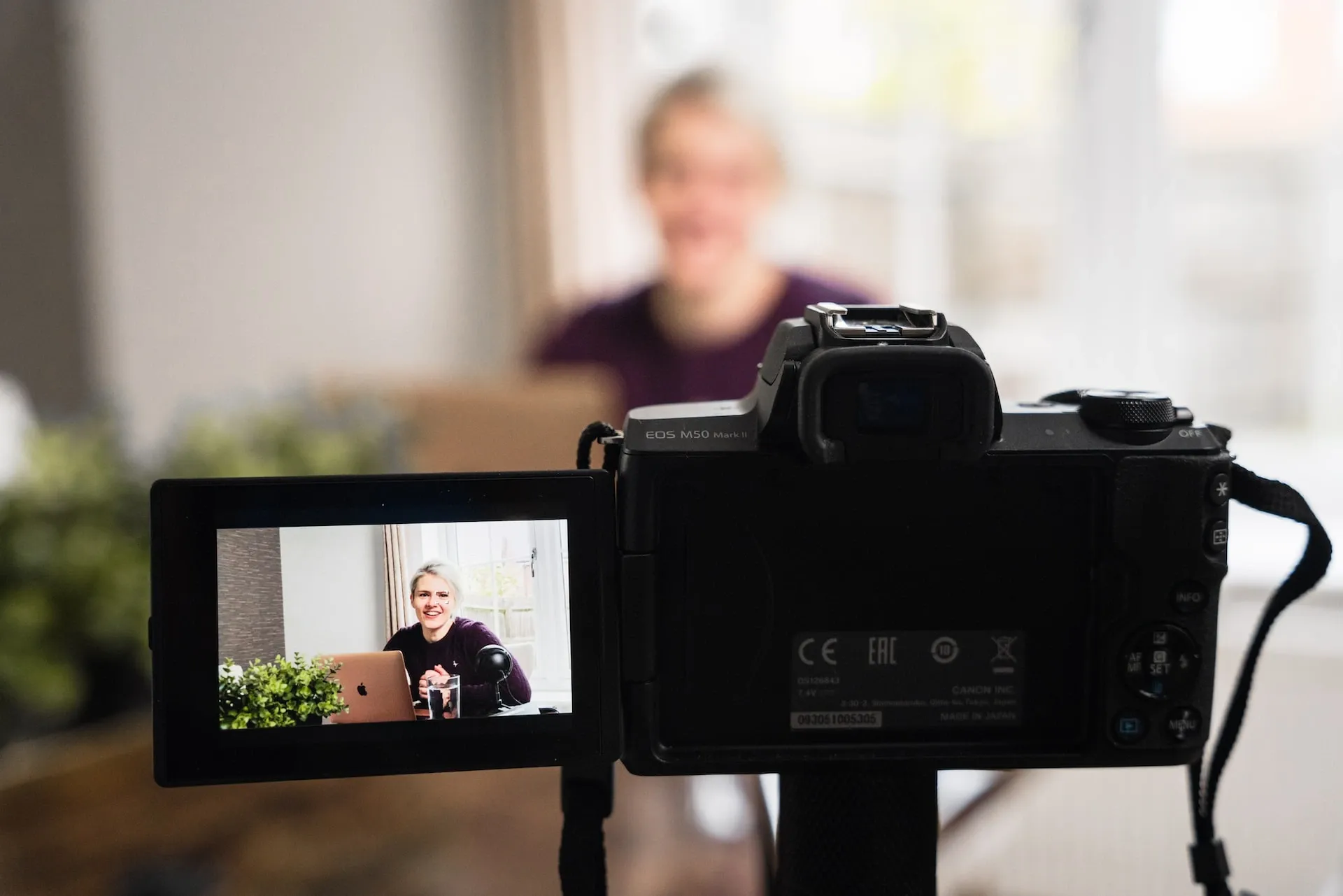What is a split diopter, and will it improve your video content?
Split diopter shots are used to create interesting perspectives in film. Learn why they’re used, and how they can improve your video content!

Split diopter shots can help take your video content to the next level. But what are they, how are they used, and what are some great examples? Let’s dig into all of that below.
What is a split diopter?
A split diopter – or ‘split-field diopter’, to use its full name – is a partial glass lens that slots neatly on your camera lens. By ‘partial’, we mean it only covers one half of your camera lens, leaving the other half as it was. (Strap yourself in – we’re going to be saying ‘lens’ and ‘focus’ a lot.)
The split diopter lens makes half of your camera’s lens nearsighted, and the other farsighted. This creates the illusion of deep focus, giving two subjects in the foreground and background sharp focus. Let’s figure out why this is important and why filmmakers use it.

Why is a split diopter used?
It’s a neat piece of camera gear that can help highlight the relationship between two subjects on-screen, or even just create a sense of spookiness or unease.
Traditionally, there were two ways of approaching focus within your shot. You could have deep focus, meaning everything in your frame was in focus, or shallow focus, where only one section – foreground, middle ground, or background – was in focus.
But as technology evolved, filmmakers found new ways to express themselves. The split diopter lens became popular in the 1970s, creating some iconic shots within cinema – we’ll discuss a few of those in a moment. First, we’ll look at what the split diopter effect can bring to your content.

- Fancy framing compositions: The rich, deep focus effect allowed by a split diopter gives you the chance to pack a bunch of information and stimuli into your shot. You can have a group of people playing hockey in the background and someone eating a bagel in the foreground – they’ll both be rendered in crystal-clear focus.
- Contrast: Some of the most effective split diopter shots show a clear contrast between what’s happening in the foreground and background. For example, your hockey team could start giving away $100 bills in the background, but your character in the foreground might remain blissfully unaware, chowing down on that lovely bagel.
- Strangeness: Looking at life through a split diopter filter isn’t how the human eye works. It looks weird. For that reason, split diopter shots work a treat in uneasy, creepy movies like horror and thrillers, as they heighten the unnatural viewpoint of two subjects being in extreme focus. If the hockey team are all in clown makeup and the person in the foreground is all out of bagels? That’s a nightmare right there.
What doesn’t need to be a nightmare, though, is soundtracking your content. Check out our catalog of 40,000 tracks and 90,000 sound effects below – we can guarantee you’ll find what you’re looking for.

How does a split diopter lens work?
The nuts and bolts behind the split diopter are pretty simple. It’s convex-shaped – think of a semi-circle, or half of an American football – and uses its shape to refocus light traveling to the lens. When light hits the split diopter lens, the part of the shot covered by your split diopter will be on a different focal plane to the rest. This creates two areas of focus.
If you’re wondering what a focal plane is, it’s the thing that helps give the impression of deep focus. The focal plane is the distance between your camera’s lens and the point of focus. Having more than one focus plane allows the split diopter effect to work its magic, zeroing in on two subjects while keeping the space between them slightly unfocused and blurry.

What are some great examples of a split diopter being used?
There are plenty of examples of split diopter shots across the years. Before we wrap up today, let’s appreciate some of the all-time greats.
Jaws
One of the best movies in history famously used split diopter shots. Steven Spielberg’s ‘Jaws’ is peppered with split diopter effects, and this compare-and-contrast video really does it justice. Even the dialogue scenes are enhanced by split diopter!
The Untouchables
Brian DePalma’s 1987 crime film is incredible, and part of that’s down to the cinematography. Check out this scene between Sean Connery and Kevin Costner – it’s a high-stakes, stressful conversation, amped up by the split diopter lens pulling both actors into sharp focus.
Toy Story 4
Yup, it’s even crept its way into animation. This video breaks down some of the smart camera tricks hidden within ‘Toy Story 4’, starting with a striking split diopter shot.
Now that you know what a split diopter is, how it works, and what some shining examples are, it’s time to shoot and edit your content! If you’re struggling to find the perfect soundtrack during post-production, why not use Epidemic Sound?
Our catalog is high-quality, affordable, and safe. An Epidemic Sound subscription goes beyond royalty-free music, removing the headache of licensing and freeing you up to do what you do best. You can enjoy the safety of our license hand-in-hand with our massive catalog of 40,000 tracks, covering just about every genre you can think of. You’ll also gain unlimited access to our advanced search functions — finding the right sound’s never been easier.
It’s better than royalty-free. It’s worry-free. Get started with Epidemic Sound below.

Related posts:

